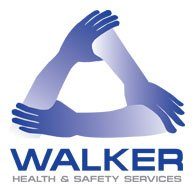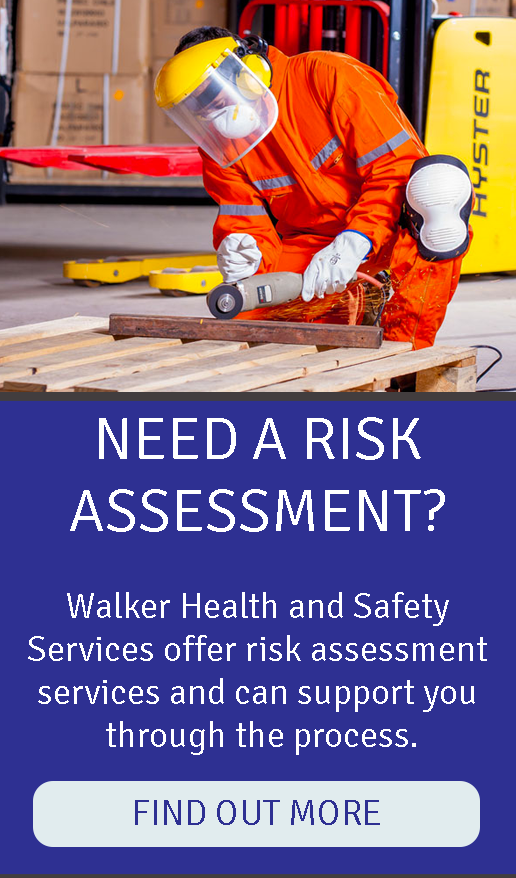Accident can be prevented, if the correct procedures are in place . Check today that your workers are protected when working at height.
Tips to Help Prevent Work at Height Accidents
- Undertake a risk assessment to work out the hazards associated with each task involving work at height. Determine how workers could fall, be struck or knocked over, and how items could fall from above onto workers and others at ground level.
- Whenever possible, avoid the need for working at height by completing the work from ground level, such as by using extendable tools and equipment. If this cannot be done, think about how best to prevent a fall from happening, for example by the use of edge protection and worker restraint systems. If the risk still remains, look to minimise the distance someone could fall by using safety nets or similar.
- Segregate vehicles from work at height activities by using fixed barriers. Ensure that activities are co-ordinated and that vehicles operate at a different time to the work at height activity if there is a risk of collision or contact.
- Check you have planned the work properly and that there is a safe system of work in place for workers to follow. Ensure the work at height is adequately supervised by a competent person with knowledge of the risks.
- Train workers in the use of work at height equipment and safety measures, and discuss the contents of your risk assessments with them, including the importance of implementing the controls provided to reduce identified risks.
Contact Walker Health and Safety Services Limited if you require assistance.
Now I know, I don’t like receiving emails that ask me for money, but this charity is close to our hearts – so to speak!
I decided to do a half marathon and signed up to one before Christmas. After a recent trip to the QE in Birmingham with Eric, I thought I should do it for a good cause!
I contacted the Cardiology Department at the QE and asked if I could run the half marathon on their behalf, they were delighted with my decision and put me in touch with the charity department. They offered to support me and send me materials to enable me to fundraise using posters and equipment with the hospital information / logo on, plus t-shirts!
The run I have decided to do is in Liverpool on 20th May 2018, starting at the docks. http://www.runrocknroll.com/liverpool/
Please follow the link to the just giving page and offer a donation for the Cardiology Department that look after Eric 😊 Can you help me raise even more?
https://www.justgiving.com/fundraising/emma-cardiology-department-qe
With gratitude, thank you 😊
Emma
Construction sites and other places of work need to be properly organised in order to prevent an accident occurring. Check your site procedures today to make sure they meet the grade.
- Do a risk assessment to identify what could go wrong when pedestrians are near workplace vehicles. Think about how someone could come into contact with a moving vehicle and be crushed or run over, and the work tasks that might bring ground workers into contact with vehicles.
- Ensure that all contractors on site are aware of the dangers. Discuss the risk assessment findings with them before they start work on site – for example, during their induction.
- Plan the route that vehicles should take carefully – use a one-way system wherever possible and prevent or reduce the need for reversing to take place. Provide suitable parking areas for vehicles who are dropping off goods. Only allow designated vehicles on site.
- Segregate pedestrians from vehicles by using suitable walkways which include barriers.
- Ensure good visibility at all times. Make sure the site is well-lit, and that pedestrians wear high visibility clothing. Provide signage to show drivers where to go.
Contact Walker Health and Safety Services should you require advice.
- When developing and writing down safety procedures, ensure that they are clear and applicable to the task. Use the findings of your risk assessments as the basis for determining what controls are needed, how they should be implemented and when. Ensure that the correct planning and coordination of tasks takes place before any work starts.
- Check before work starts that all workers understand the safety procedures and what is required of them. Simple misunderstandings can have major repercussions when heavy or dangerous machinery is in use, for example.
- Regularly review your safe systems of work to check that they are still current and applicable. Also check all procedures after an accident or near miss, to see if changes need to be made to your processes.
- Make sure that all work is supervised by a competent person who has knowledge of the task and a clear understanding of the safety procedures to be followed.
- Give the right level of training to workers in relation to their roles and the tasks they need to perform. Check that contractors know about the safety procedures, too, and that they understand them.
Always ensure employees and contractors fully understand the companies policies and procedures.
Contact Walker Health and Safety Services for further advice.









